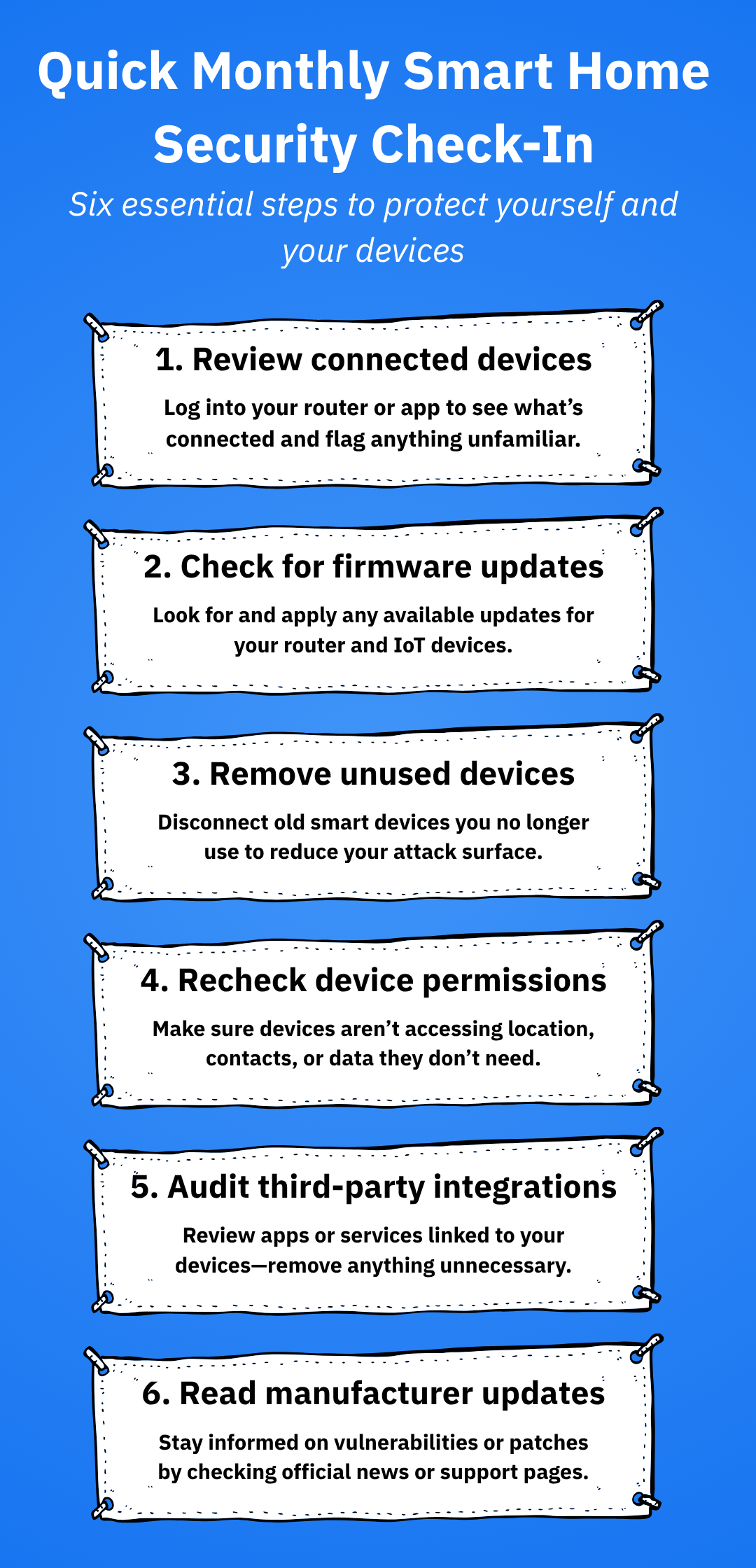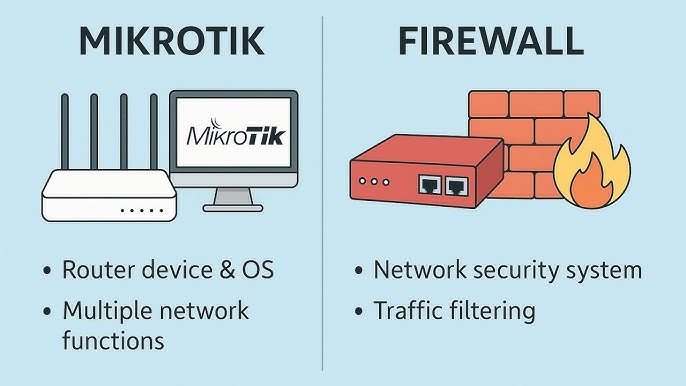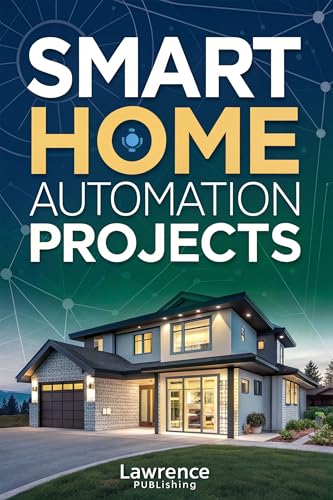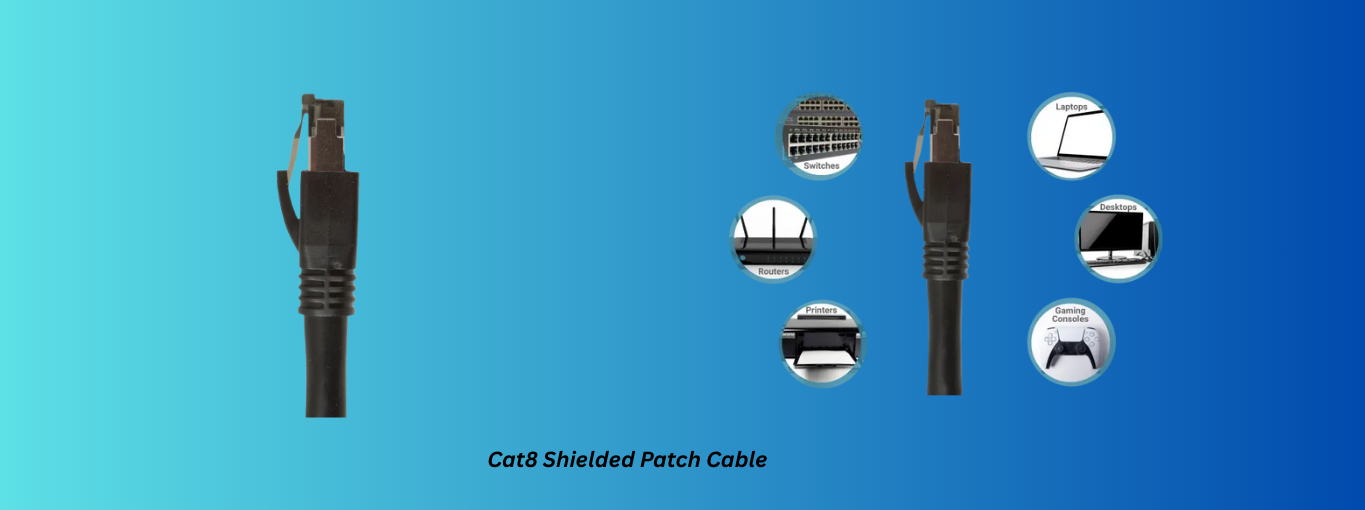Imagine a home that watches over itself, keeping you and your loved ones safe without you lifting a finger. What if your security system could learn your habits, spot danger before it happens, and alert you instantly no matter where you are?
The future of home security is not just about locks and cameras anymore—it’s about smart technology that works quietly in the background to protect what matters most to you. Ready to discover how cutting-edge tech will transform your home’s safety?
Keep reading to find out what’s coming next and how you can be ahead of the curve.

Credit: illustrarch.com
Smart Locks Evolution
Smart locks have changed how we secure homes. They use technology to replace old keys.
New features make smart locks easier and safer to use every day.
Biometric Access Systems
Biometric locks use fingerprints or face scans to allow entry. They add a strong layer of security.
Only registered users can open the door. This stops unauthorized access effectively.
- Fingerprint recognition
- Facial recognition
- Iris scanning
- Voice identification
Remote Locking Features
Remote locking lets you lock or unlock doors from anywhere. You use a smartphone app or web access.
This feature helps when you forget to lock your door or need to let someone in while away.
- Lock or unlock remotely
- Receive alerts about door status
- Share temporary access codes
- Schedule automatic locking times
Integration With Smart Homes
Smart locks can connect with other devices like lights and cameras. This improves home security and convenience.
Integration lets you control many devices from one app and set routines for daily use.
- Work with security cameras
- Sync with smart lights
- Connect to voice assistants
- Use automation for door locking
Advanced Surveillance Cameras
Advanced surveillance cameras are changing how we protect homes. They use new technology to keep watch all day and night.
These cameras help people see what happens around their homes. They give clear images and smart alerts.
Ai-powered Motion Detection
AI-powered motion detection helps cameras spot real threats. It tells the difference between people, animals, and objects.
This technology sends alerts only for important movements. It reduces false alarms and saves time.
- Detects human shapes and movement
- Ignores small animals and leaves
- Sends smart alerts to your device
360-degree Coverage
360-degree cameras can see all around without blind spots. They cover large areas with one device.
This helps homeowners watch every corner of their property. It reduces the number of cameras needed.
- Wide view without moving parts
- Covers front, back, and sides
- Easy to install and manage
Night Vision Enhancements
Night vision lets cameras see clearly in the dark. New tech improves image brightness and detail at night.
These cameras use infrared light and better sensors. They keep homes safe even in low light.
- Clear images in total darkness
- Longer range infrared lights
- Color night vision options
Voice-activated Security
Voice-activated security uses your voice to control home safety devices. It makes managing security easier and faster.
This technology listens for commands and responds without needing to use hands or buttons.
Voice Recognition Technology
Voice recognition software can identify who is speaking by their unique voice patterns. It helps systems know if the command is from an authorized user.
This technology uses microphones and smart algorithms to analyze sounds and match them with saved voice profiles.
Hands-free Security Commands
Users can give commands to lock doors, turn on alarms, or check cameras without touching any device. This makes security quick and easy.
- Say “Lock the front door” to secure your home
- Ask “Is the alarm on?” to check status
- Use “Show me the backyard camera” to view live video
Privacy Concerns And Solutions
Some worry that voice-activated security might record private conversations by mistake. This is a valid concern for many users.
To protect privacy, devices only listen for a specific wake word and do not save recordings without permission.
- Use strong wake words to prevent accidental activation
- Choose devices with local processing to avoid sending data online
- Review and delete voice recordings regularly
Drone Surveillance
Drone surveillance is a new way to keep homes safe. Drones can watch large areas from the sky.
They use cameras and sensors to spot anything unusual. This helps catch problems early.
Automated Patrol Routes
Drones can fly set routes on their own. This lets them check your property regularly without help.
These routes can cover blind spots that cameras on the ground miss. They give a full view of your home.
- Fly at scheduled times
- Cover all property areas
- Adjust routes as needed
Real-time Alerts
Drones send live updates if they see something strange. You get alerts on your phone or computer fast.
This helps you act quickly to any threat. It also allows remote monitoring of your home anytime.
- Instant notifications of movement
- Live video feeds
- Easy access from mobile devices
Legal And Safety Considerations
Using drones for home security has rules to follow. These rules keep you and neighbors safe.
You must avoid flying in restricted areas. Privacy laws also limit how you record others.
- Check local drone regulations
- Respect privacy of neighbors
- Use safe flying practices
Cybersecurity For Smart Homes
Smart homes use many devices connected to the internet. These devices make life easier but can also create security risks.
Cybersecurity helps protect smart homes from hackers and data theft. It keeps your home safe and private.
Protecting Iot Devices
IoT devices include cameras, thermostats, and smart locks. These gadgets often have weak security settings.
It is important to change default passwords and update device software regularly. This stops hackers from breaking in.
- Use strong, unique passwords for each device
- Keep device firmware and apps updated
- Disable features you do not use
- Connect devices to a secure Wi-Fi network
Encryption Methods
Encryption changes data into a secret code. This keeps information safe when devices talk to each other.
Strong encryption stops hackers from reading your personal data. Many smart home devices use encryption to protect privacy.
- Wi-Fi Protected Access (WPA3) secures wireless connections
- End-to-end encryption protects messages between devices
- Secure Sockets Layer (SSL) encrypts data on websites
Future Threats And Prevention
Smart home technology is growing fast. New threats will try to exploit device weaknesses.
To prevent attacks, smart homes need better security designs and constant monitoring. Users must also stay informed.
- Use devices from trusted manufacturers
- Install security patches quickly
- Monitor network activity for unusual behavior
- Separate smart home devices on a guest Wi-Fi network

Credit: www.freepik.com
Ai And Machine Learning
Artificial intelligence (AI) and machine learning help improve home security systems. They make systems smarter and more responsive.
These technologies analyze data and learn from it to protect homes better. They can spot unusual activity faster than before.
Predictive Security Analytics
Predictive security analytics uses AI to guess future security events. It looks at past data to find patterns that may lead to threats.
This helps prevent problems before they happen. The system can alert homeowners about risks early.
Behavioral Pattern Recognition
Machine learning studies how people normally act at home. It learns daily routines and common behaviors.
If something strange occurs, the system notices it quickly. This helps catch intruders or unusual events fast.
Reducing False Alarms
AI can tell the difference between real threats and harmless events. This lowers the number of false alarms.
Fewer false alarms mean less stress for homeowners and emergency services. The system only alerts when needed.
Energy-efficient Security Tech
Energy-efficient security technology helps protect homes while saving power. These devices use less energy but keep homes safe.
Using smart designs, these tools run longer on less power. This makes security systems cheaper and better for the planet.
Solar-powered Devices
Solar-powered security devices use sunlight to charge their batteries. This lowers the need for electrical power from the grid.
They work well outdoors and can keep cameras and alarms running all day and night without extra energy costs.
- Use solar panels to collect sunlight
- Store energy in rechargeable batteries
- Operate independently from the power grid
Low-power Sensors
Low-power sensors detect motion, doors opening, or glass breaking with very little energy. They help security systems last longer.
These sensors use smart chips that only work when needed. This saves battery life and reduces the need for frequent changes.
- Trigger only when movement or sound is detected
- Use energy-saving sleep modes
- Help extend battery life in security devices
Sustainable Security Solutions
Sustainable security solutions use materials and designs that reduce waste and energy use. They aim to protect homes and the environment.
These systems often combine solar power, low-energy sensors, and efficient software to lower their carbon footprint.
- Use eco-friendly materials in devices
- Integrate energy-saving technology
- Focus on long-lasting and repairable parts

Credit: www.freepik.com
Wearable Security Devices
Wearable security devices are small gadgets people wear for safety. They help users stay alert and get help fast.
These devices use technology to protect people at home and outside. They are easy to carry and use daily.
Personal Emergency Alerts
Wearable devices can send alerts during emergencies. Users press a button to call for help immediately.
These alerts notify family members or emergency services. The device often shares the user’s location for quick response.
- One-touch emergency buttons
- Automatic fall detection
- GPS tracking for location
- Silent alarms to avoid danger
Health Monitoring Integration
Some wearable devices track health signs like heart rate and oxygen levels. This helps spot health problems early.
Health data can trigger alerts if something is wrong. This keeps users safe by linking health and security features.
- Heart rate sensors
- Blood oxygen monitors
- Sleep quality tracking
- Alerts for abnormal readings
Future Wearable Innovations
New wearable devices will have better sensors and longer battery life. They may use AI to predict threats before they happen.
Future devices could blend security with smart home systems. They will offer more ways to protect users seamlessly.
- AI threat detection
- Integration with home security
- Advanced biometric sensors
- Lightweight and stylish designs
Frequently Asked Questions
What Is The Future Of Home Security Technology?
The future of home security includes AI-powered cameras, smart sensors, and automated alerts. These technologies enhance real-time monitoring and threat detection, making homes safer and more responsive to emergencies.
How Do Smart Home Security Systems Work?
Smart home security systems connect devices via the internet. They allow remote control and monitoring through smartphones, improving convenience and quick response to security breaches.
Are Biometric Security Systems Safe For Homes?
Yes, biometric systems use unique physical traits like fingerprints or facial recognition. They provide highly secure access control, reducing the risk of unauthorized entry effectively.
Can Ai Improve Home Security Effectiveness?
AI analyzes data from security devices to detect unusual behavior. It reduces false alarms and speeds up threat identification, making home protection smarter and more reliable.
Conclusion
Home security tech is rapidly evolving. New gadgets offer more protection. Smart cameras and sensors enhance safety. They provide peace of mind. Easy-to-use apps put control in your hands. You can monitor your home from anywhere. These innovations make security accessible.
Investing in future tech ensures safety. It also simplifies daily life. Stay informed on new developments. This helps in choosing the best solutions. A secure home is a happy home.
18 min read






